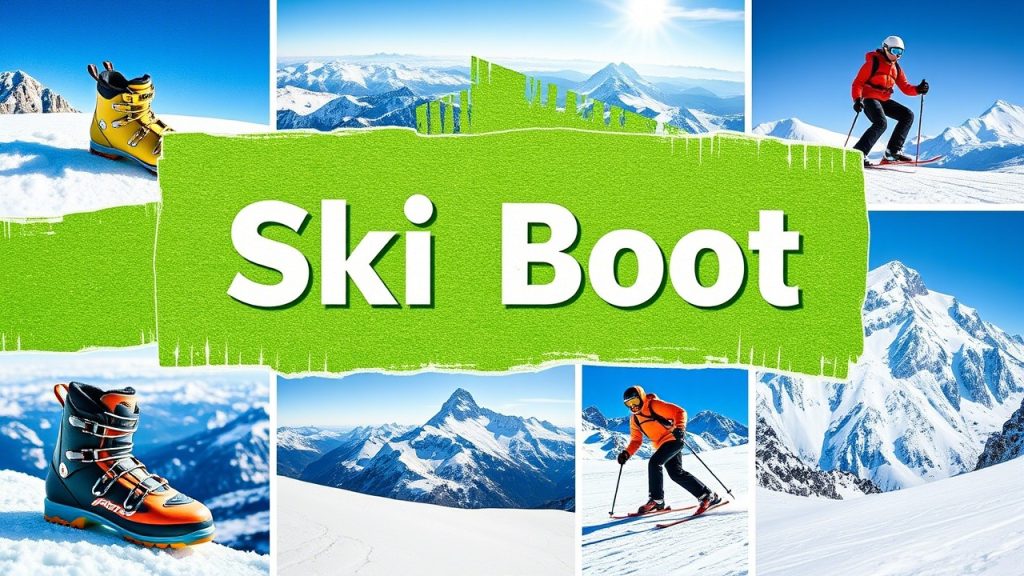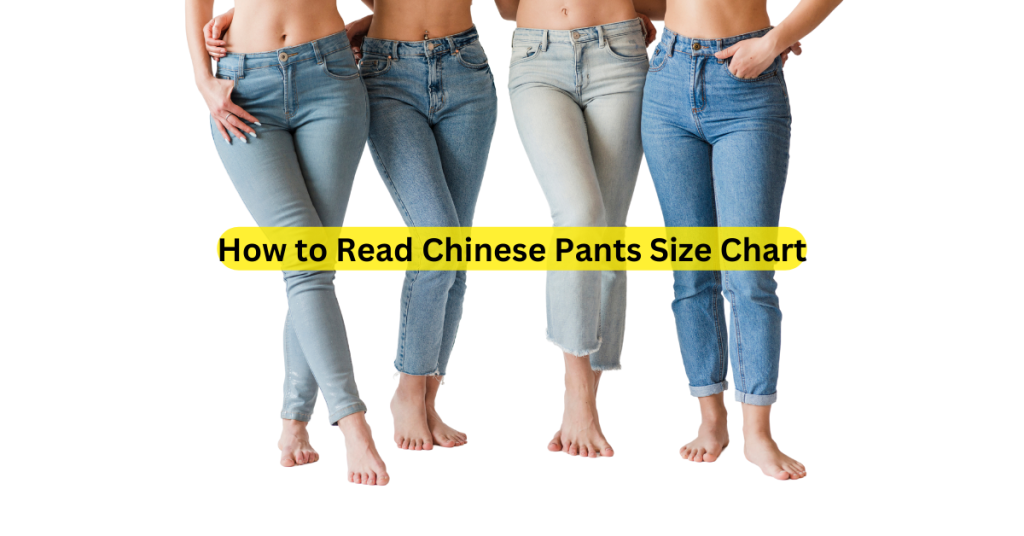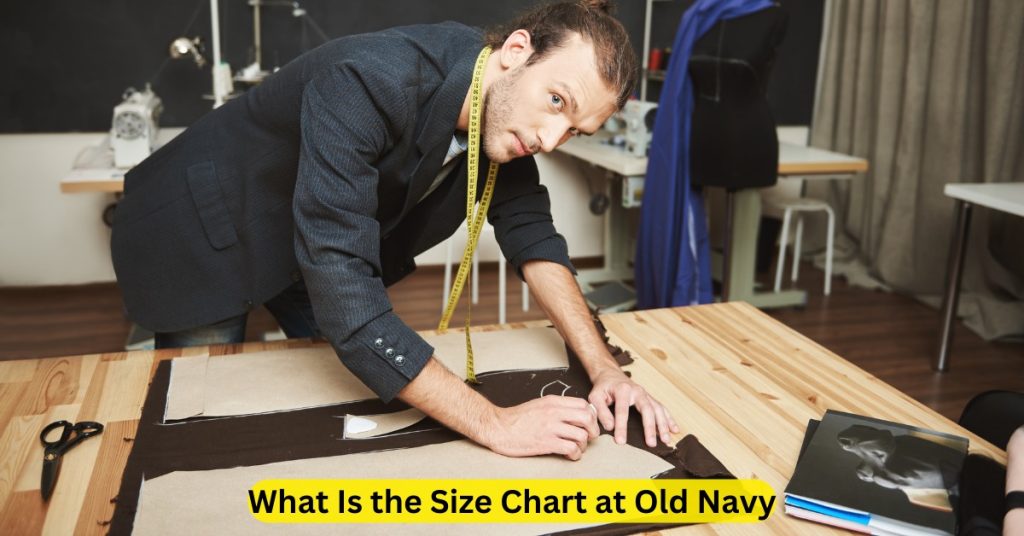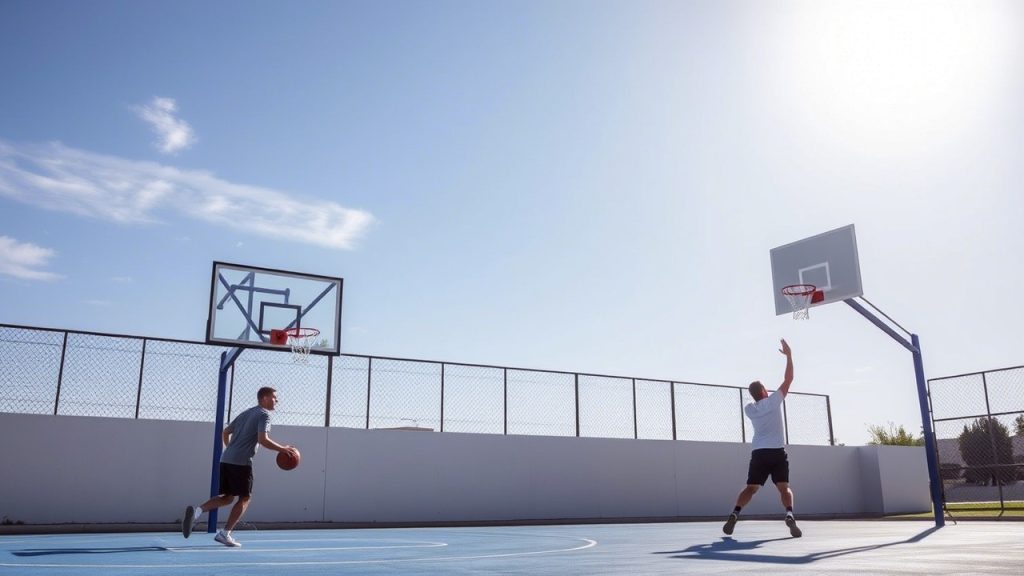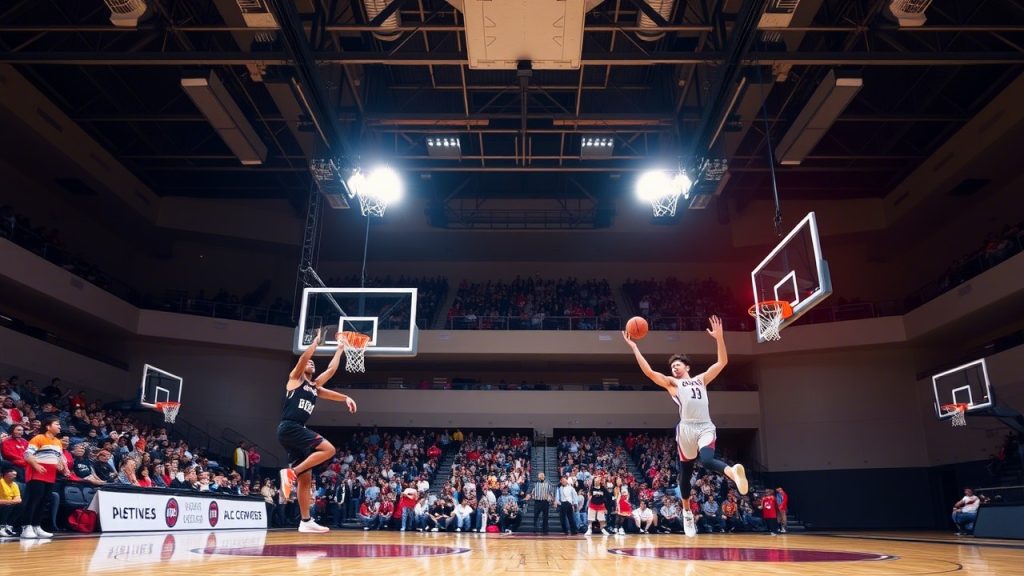When it comes to skiing, one of the most important factors that determine your performance, comfort, and safety is the fit of your ski boots. Choosing the right ski boot size is crucial to achieving the ideal support and ensuring that you have the best possible experience on the slopes. If your boots are too tight or too loose, they can cause discomfort, reduce control, and even lead to injuries.
The right fit provides enhanced support, better control, and greater comfort, allowing you to ski with confidence and endurance. We’ll explore 14 Best Ski Boot Size Chart Ideas to Achieve Ideal Support. We’ll provide useful sizing tips, the importance of getting the right fit, and a comprehensive guide to ski boot sizing systems, ensuring that you select boots that will support you in the best way possible.
Why Proper Ski Boot Size is Crucial for Support
Ski boots are one of the most essential pieces of equipment when it comes to skiing. The right pair of ski boots will:
- Offer optimal support: Providing secure and supportive alignment for your foot, ankle, and lower leg.
- Enhance your performance: Properly fitted boots enable you to have better control over your skis and make more precise movements.
- Increase comfort: The right fit eliminates painful pressure points, reduces fatigue, and enhances your skiing experience.
- Prevent injuries: Ill-fitting boots can lead to blisters, bruising, or even sprains, and can compromise your safety on the slopes.
Let’s dive into 14 best ski boot size chart ideas to help you achieve the ideal support.
14 Best Ski Boot Size Chart Ideas to Achieve Ideal Support
1. The Mondopoint Ski Boot Size Chart
The Mondopoint sizing system is the most widely used and accurate measurement for ski boots. It measures your foot length in millimeters, providing the best fit for your foot shape. This system is considered to be the gold standard and will help you find the ideal support.
| Foot Length (mm) | Mondopoint Size |
|---|---|
| 250 mm | 25.0 |
| 260 mm | 26.0 |
| 270 mm | 27.0 |
| 280 mm | 28.0 |
| 290 mm | 29.0 |
Tip: Always measure your foot accurately in millimeters for a perfect match with Mondopoint sizing.
2. U.S. Shoe Size to Ski Boot Size Chart
If you’re more familiar with U.S. shoe sizing, you can use this conversion chart to determine your ski boot size. However, keep in mind that ski boots have a different fit compared to everyday shoes, and this is just a rough guide.
| US Men’s Size | European Size | Mondopoint Size |
|---|---|---|
| 6 | 39 | 25.0 |
| 7 | 40 | 26.0 |
| 8 | 41 | 27.0 |
| 9 | 42 | 28.0 |
| 10 | 43 | 29.0 |
3. Ski Boot Width Fit Chart
Choosing the right width is just as important as selecting the correct length. Ski boots come in different widths, typically narrow, medium, and wide. The width should be chosen based on your foot shape. Narrow feet require a narrower fit, while wider feet will require a wider boot.
| Foot Width (mm) | Boot Width Type | Fit Category |
|---|---|---|
| 97-98 mm | Narrow (98mm) | Narrow Fit |
| 99-100 mm | Medium (100mm) | Standard Fit |
| 101-102 mm | Wide (102mm) | Wide Fit |
Make sure you select a boot that fits your foot width to prevent the need for over-tightening.
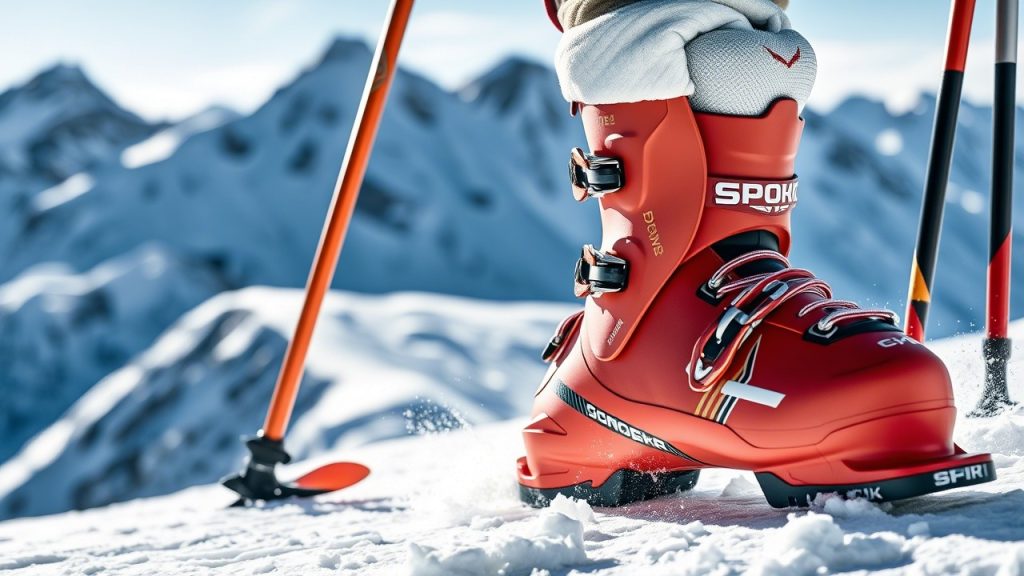
4. Flex Rating Chart for Ski Boots
The flex rating of a ski boot indicates its stiffness, which directly affects your control and comfort. Choosing the right flex is key to achieving the best support for your skiing style. Beginners typically need a softer flex, while advanced skiers require a stiffer boot for more precise control.
| Flex Rating | Skiing Ability | Best For |
|---|---|---|
| 60-80 | Beginner | Comfort & Ease |
| 80-100 | Intermediate | All-around skiing |
| 100-120 | Advanced | Precision & Control |
| 120+ | Expert | Aggressive skiing |
5. Customizable Heat-Moldable Liners Chart
Many ski boots feature heat-moldable liners that conform to the shape of your foot. This allows you to achieve a better fit and optimal support without the need for additional padding or tightening. Choosing a boot with heat-moldable liners can enhance both comfort and performance.
| Liner Type | Benefits |
|---|---|
| Custom-fit Liners | Molds to foot shape |
| Standard Liners | Standard support |
6. Ski Boot Sizing for Women
Women’s ski boots are specifically designed to accommodate the narrower shape of the female foot. They often have a more flexible flex and a lower cuff to offer better support and comfort. Choosing women-specific ski boots ensures you get the best fit and support.
| Women’s Foot Size | Mondopoint Size |
|---|---|
| 5.5 | 23.5 |
| 6.5 | 24.5 |
| 7.5 | 25.5 |
| 8.5 | 26.5 |
| 9.5 | 27.5 |
7. Ski Boot Sizing for Children
For children, it’s important to choose ski boots that offer good support but also have room for growth. Many children’s ski boots have adjustable features, making it easier to adapt as their feet grow. Always opt for boots that are easy to adjust for optimal support and comfort.
| US Size (Children) | Mondopoint Size |
|---|---|
| 11.5 | 19.0 |
| 12.5 | 20.0 |
| 13.5 | 21.0 |
| 1.5 | 22.0 |
| 2.5 | 23.0 |
8. Ski Boot Insole and Footbed Sizing Chart
Insoles and footbeds play a key role in providing additional support for your feet. Custom footbeds can improve the fit of your boots and provide the right amount of arch support, enhancing comfort and preventing fatigue.
| Insole Type | Benefits |
|---|---|
| Custom Footbeds | Personalized fit and support |
| Standard Footbeds | Adequate for basic comfort |
9. Ski Boot Shell Size and Fit
The shell of your ski boot should closely match the shape of your foot, offering a snug fit without pinching or discomfort. If the shell is too large, it won’t provide enough support, while a shell that is too small can cause unnecessary pressure.
| Shell Size | Fit Category |
|---|---|
| Small (Boot Length < 295mm) | Narrow fit |
| Medium (Boot Length 295-315mm) | Standard fit |
| Large (Boot Length > 315mm) | Wide fit |
10. Ski Boot Sizing for Different Ski Styles
Different skiing styles require different types of boots for optimal support. Whether you’re into alpine skiing, freestyle, or backcountry, make sure to choose boots designed for your preferred style.
| Ski Type | Boot Features | Ideal Support |
|---|---|---|
| Alpine Skiing | Stiff and supportive | Offers precise control and comfort |
| Freestyle Skiing | More flexible and lightweight | Offers mobility while maintaining support |
| Backcountry Skiing | Flexible boots with hiking support | Balanced support for both hiking and skiing |
11. Professional Boot Fitting Chart
Sometimes, off-the-shelf boots won’t provide the perfect fit. Professional boot fitting services are available at ski shops, where a boot fitter will tailor the boots to your exact foot shape, ensuring ideal support and comfort.
| Boot Fitting Service | Features |
|---|---|
| Custom Footbed Fitting | Tailored footbeds for better arch support |
| Shell Modifications | Adjustments to boot shells for better fit |
12. Ski Boot Adjustment Features for Perfect Fit
Many ski boots come with adjustable buckles, straps, and cuffs that allow you to fine-tune the fit. This can help you achieve the ideal amount of support without over-tightening.
| Adjustment Type | Function |
|---|---|
| Micro-Adjust Buckles | Fine-tune tightness for a perfect fit |
| Powerstraps | Secure ankle and calf for better support |
13. Ski Boot Fit for Longer Ski Days
If you plan on skiing for long periods, comfort and support are especially important. Choose ski boots with padding and cushioned insoles that offer a comfortable fit for extended use.
| Boot Features | Benefits |
|---|---|
| Cushioned Liners | Enhanced comfort for long ski days |
| Adjustable Fit | Ensures comfort throughout the day |
14. Flexibility and Support Balance
The ideal ski boot offers a balance between flexibility and support. If your boots are too stiff, they can lead to discomfort; too flexible, and they may not provide the control you need. The right balance ensures maximum comfort and the best support for your skiing style.
| Flexibility Category | Support Level |
|---|---|
| Soft Flex | More comfort, less support |
| Stiff Flex | Greater control and support |
Frequently Asked Questions
- How do I know if my ski boots fit correctly? Your ski boots should feel snug around your foot and ankle without pinching. You should be able to wiggle your toes slightly, but your heel should stay securely in place.
- How tight should my ski boots be? Ski boots should be snug, not tight. The fit should hold your foot in place while allowing for some natural movement. Avoid over-tightening as this can cause discomfort.
- What is the best way to prevent ski boot blisters? To prevent blisters, ensure that your boots fit properly, and wear high-quality ski socks that wick moisture. Custom footbeds can also help reduce friction inside the boot.
- How often should I replace my ski boots? Ski boots typically last 5-10 years, but if you notice discomfort or wear and tear, it’s time to replace them.
- Can ski boots stretch over time? While ski boots do not significantly stretch, heat-moldable liners can adapt to your foot shape over time, improving comfort.
- What’s the difference between a soft and stiff ski boot? A soft boot provides more comfort and flexibility, ideal for beginners, while a stiff boot offers greater control, ideal for advanced skiers.
- Can I adjust the buckles of my ski boots? Yes, most ski boots have adjustable buckles and straps that allow you to fine-tune the fit for maximum comfort and support.
- Why do my ski boots feel tight around my toes? If your boots feel tight around your toes, you may need to check your boot size or consider boots with a larger toe box. Custom footbeds can also help alleviate pressure.
- Do ski boots with custom footbeds provide better support? Yes, custom footbeds offer better arch support and can help prevent foot fatigue, providing enhanced comfort and support during long ski sessions.
Conclusion
Choosing the right ski boots is key to ensuring the best support, comfort, and performance on the slopes. By using the 14 Best Ski Boot Size Chart Ideas to Achieve Ideal Support, you can make sure your boots fit perfectly, preventing discomfort and injuries while maximizing your skiing experience. Whether you’re a beginner or an expert, the right boot fit is crucial to enjoying your time on the slopes and improving your performance. Happy skiing!

